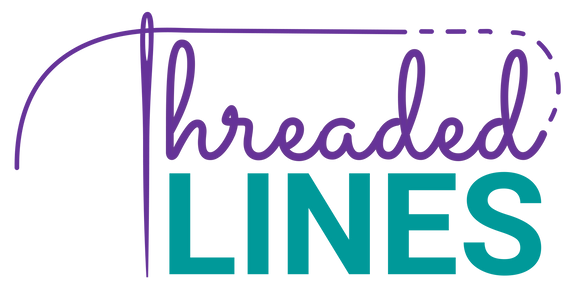1. Mechanical Sewing Machines
Overview
Mechanical sewing machines are the traditional, manually-operated machines that rely on knobs, dials, and levers to adjust settings. They are typically straightforward to use and are often recommended for beginners due to their simplicity.
Uses:
- Basic Sewing: Ideal for straightforward sewing tasks like hemming, mending, and simple garment construction.
- Durability: Suitable for handling heavier fabrics like denim and canvas, thanks to their robust build.
- Cost-Effective: Generally more affordable and easier to maintain compared to more advanced machines.
Overview:
Electronic sewing machines incorporate electronic components to automate some functions, making them more versatile and user-friendly than mechanical machines. They usually feature a digital display and buttons for selecting stitches and adjusting settings.
Uses:
- Versatility: Capable of a wide range of stitches, including decorative and utility stitches, making them suitable for various projects.
- Ease of Use: Features like automatic needle threading, stitch selection, and tension control simplify the sewing process.
- Precision: Better control over stitch length and width, providing cleaner and more accurate results.
3. Computerized Sewing Machines
Overview:
Computerized sewing machines are equipped with microprocessors that control many aspects of the sewing process. They often come with a large number of built-in stitches, including alphabets and symbols, and offer advanced features like memory functions and programmable stitch patterns.
Uses:
- Advanced Sewing Projects: Perfect for intricate designs, quilting, and embroidery.
- Customization: Allows users to create and save custom stitch patterns and designs.
- Efficiency: Features like automatic thread cutting, speed control, and stitch sequencing enhance productivity and ease of use.
4. Serger (Overlock) Machines
Overview:
Serger machines, also known as overlock machines, are specialized for finishing edges and seams. They use multiple threads to create a strong, durable stitch that prevents fabric from fraying.
Uses:
- Seam Finishing: Ideal for creating professional-looking seams on garments, especially with knit and stretch fabrics.
- High-Speed Sewing: Sergers operate at high speeds, making them perfect for production sewing and large projects.
- Versatility: Capable of performing rolled hems, flat-lock stitching, and decorative edges.
- Many also use a serger after quilting or finishing inside seams on a bag.
5. Embroidery Machines
Overview:
Embroidery machines are designed specifically for creating embroidered designs on fabric. These machines often come with built-in designs and allow users to import custom designs via USB or computer connection.
Uses:
- Personalization: Excellent for adding monograms, logos, and decorative motifs to garments and home decor items.
- Detail Work:
- Capable of producing intricate and detailed embroidery with precision.
- Business Use: Popular among small businesses that offer custom embroidery services.
6. Quilting Machines
Overview:
Quilting machines, also known as long-arm quilting machines, are specialized for quilting large pieces of fabric. They offer a larger workspace and features designed to handle the layers and bulk of quilts.
Uses:
- Large Quilts: Ideal for creating and finishing large quilts and other layered projects.
- Free-Motion Quilting: Provides the space and flexibility needed for free-motion quilting techniques.
- Consistency: Ensures even stitching and tension across large areas.
7. Heavy-Duty Sewing Machines
Overview:
Heavy-duty sewing machines are built to handle thick and tough fabrics like leather, vinyl, and multiple layers of heavy fabric. They feature stronger motors and more durable components.
Uses:
- Industrial Sewing: Suitable for heavy-duty projects such as upholstery, bags, and outdoor gear.
- Durability: Designed to withstand extended use and demanding sewing conditions.
- Strength: Capable of sewing through multiple layers of fabric without skipping stitches.
Choosing the right sewing machine depends on your specific needs and the types of projects you plan to undertake. Did you know that we now carry Necchi Sewing Machines?
We are getting them in on June 13th - so come by and see after that our Mechanical, Electronic, and Computerized Machines - even an embroidery one too!
The one I am most excited about is the Heavy Duty Machine - yes, I sewed through 6 layers of leather! Whew - bag making here I come!

This is the Necchi Q132A Heavy Duty Sewing Machine. For only $369, this is a great little machine!



Comments
Sometimes dogs get thirsty but like to jump.
I want it but not for electricity
Nice explanation, benefited alot
very much important